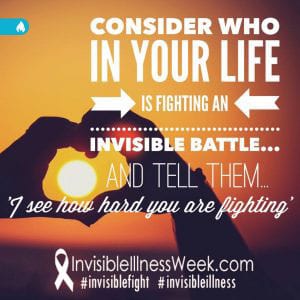Primary Lateral Sclerosis
What is Primary Lateral Sclerosis?
Primary Lateral Sclerosis (PLS) is a rare neurodegenerative disorder that primarily affects upper motor neurons. These neurons are responsible for transmitting signals from the brain to the muscles. PLS leads to muscle weakness, stiffness, and tightness (spasticity), as well as difficulties with motor coordination. While considered a form of motor neuron disease, it is distinct from amyotrophic lateral sclerosis (ALS) because PLS primarily impacts motor neurons in the upper portion of the body, rather than both upper and lower.
What are the symptoms of Primary Lateral Sclerosis?
- Progressive weakness, often starting in the arms or sometimes legs
- Muscle stiffness (spasticity)
- Increased muscle tone
- Difficulty walking
- Difficulty maintaining balance
- Decreased precision when performing fine motor tasks
- Difficulty swallowing
- Difficulty speaking
What causes Primary Lateral Sclerosis?
The direct link to a cause for Primary Lateral Sclerosis has not been established, but it is thought to stem from a combination of genetic and environmental factors. These factors lead to a degeneration of upper motor neurons in the brain and spinal cord.
How is Primary Lateral Sclerosis diagnosed?
Diagnosing PLS can be difficult, as many symptoms overlap with other motor neuron disorders or other neurological conditions, such as ALS or multiple sclerosis (MS). Diagnosing PLS usually involves ruling out the other conditions by process of elimination using MRI scans, electromyography (EMG), and clinical evaluation.
What are the treatments for Primary Lateral Sclerosis?
There is no cure for PLS currently; treatment is primarily supportive, focusing on improving quality of life and mitigating severity of symptoms. This treatment often includes physical therapy, speech therapy, and medications for spasticity. Assistive devices are available as well, including devices for mobility, (such as walkers and rollators for helping to maintain balance, or wheelchairs for those experiencing significant weakness in their legs), as well as tools for aiding communication, such as speech-generating devices (or SGDs, which include tablets or computers) that convert text to speech.
Where can I find out more about Primary Lateral Sclerosis?
Primary Lateral Sclerosis Articles

Viviendo con una Enfermedad Rara: No Estas Solo




